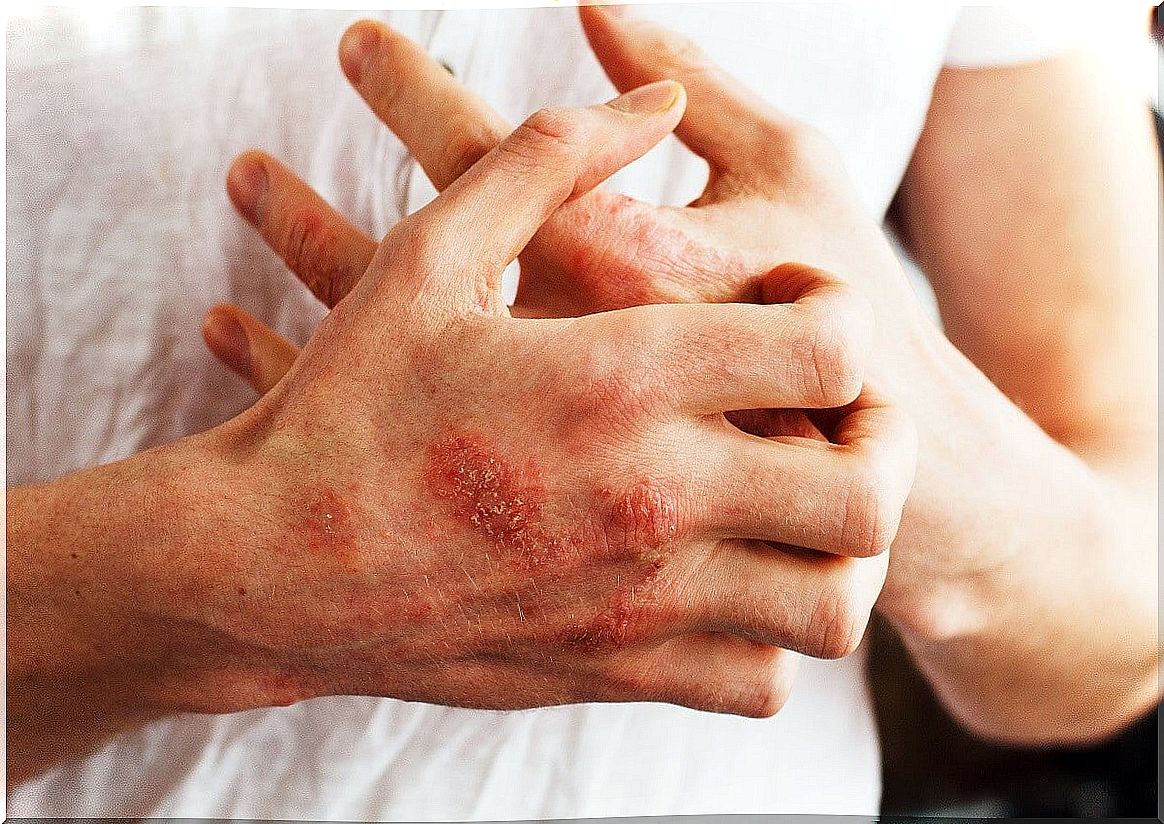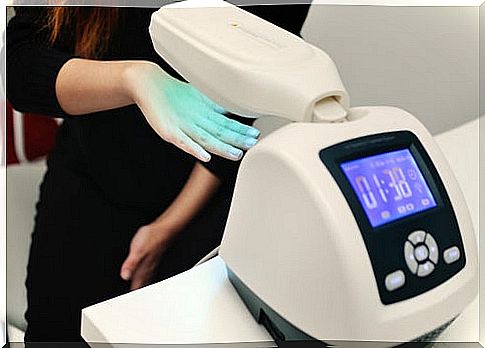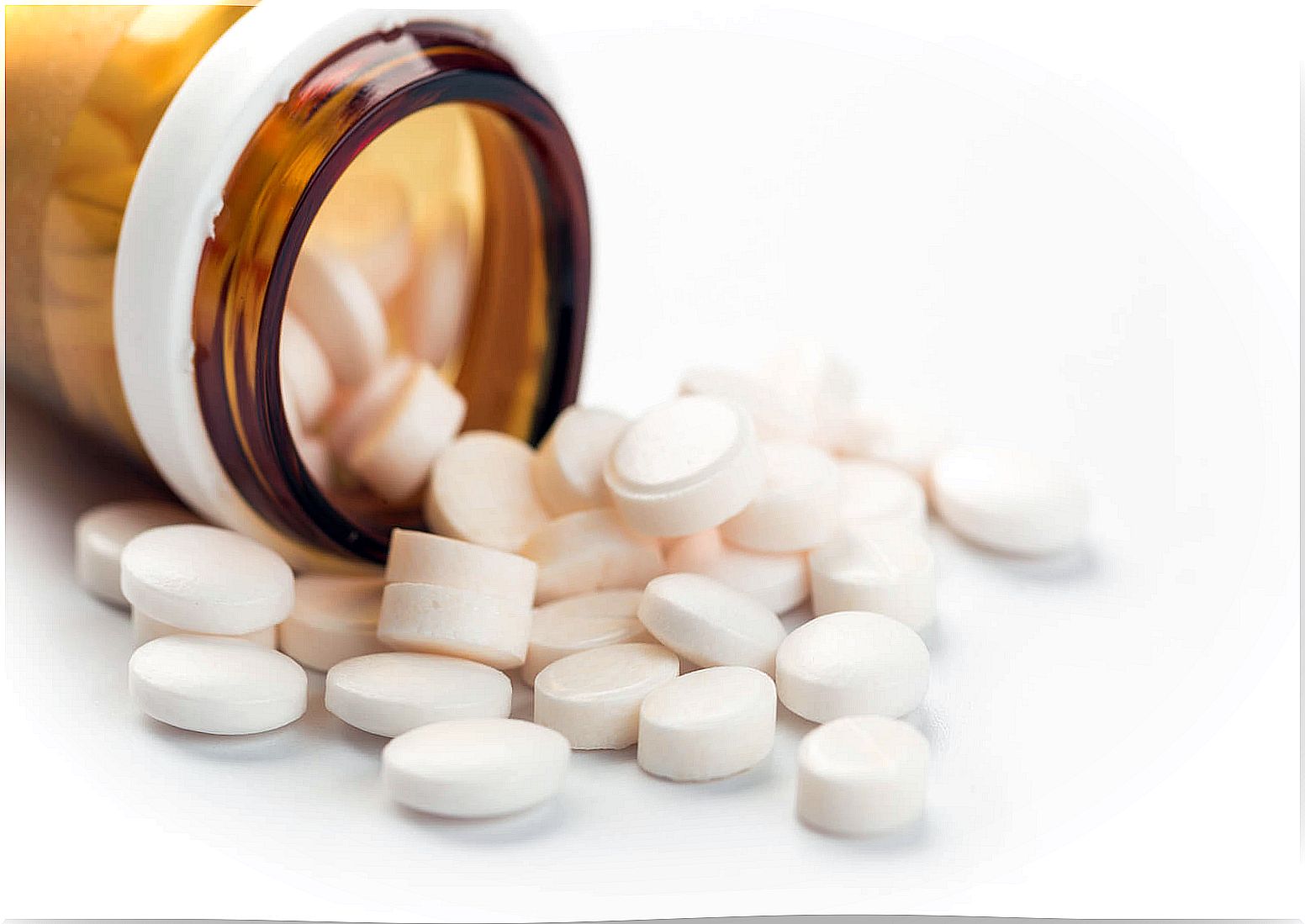Treatment Of Psoriasis
The treatment of psoriasis is symptomatic and depends on the clinical situation of each patient. In fact, there is no definitive one because there are different ones that keep the disease under control and minimize, in some cases, the symptoms.
According to Dr. Shinjita Das, “psoriasis lasts a lifetime, but it can occur intermittently. Symptoms of psoriasis often diminish during the summer, when the skin is exposed to sunlight. In some cases, several years may pass between two episodes ”.
Let’s see below what these symptoms are and the possible treatments that the doctor could suggest to the patient.
Symptoms
A patient with psoriasis can often experience:
- Itching
- Inflammation.
- Redness
- Peeling.
- Among other symptoms.

Possible treatments
Depending on the intensity of the symptoms and other factors, the doctor will recommend the patient to follow a certain type of treatment or another. Of course, to complement it, he will always recommend you maintain good lifestyle habits, take certain precautions and avoid certain factors that could lead to injury or discomfort.
Among the possible treatments are the following:
- Topical therapies.
- Biological therapies.
- Oral systemic drugs.
- Phototherapy and photochemotherapy.
Topical therapies
Topical therapies are starter treatments used for most psoriatic patients. It consists of the application of creams and lotions externally and locally on skin lesions.
Among the drugs most used topically for the treatment of psoriasis we find:
- Tars
- Keratolytics.
- Topical corticosteroids.
- Topical retinoids.
- Vitamin D analogs.
Vitamin D analogs: calcitriol, calcipotriol, or tacalcitol.
The most effective of the vitamin D analogs is calcipotriol. Although the clinical response of these ananologists is slower than that of high-potency corticosteroids, their better safety profile makes them very useful for long-term treatment.
It is advisable to use them in combination with a topical corticosteroid. This is because this combination is more effective than either of them alone.
Despite their high safety, vitamin D analogs have a rather marked adverse effect: the possibility of causing irritation of the injured skin area. For this reason, sun exposure should be avoided after application.
Typical corticosteroids
This group of drugs works mainly by clearing plaques and reducing inflammation. The low power ones are used for delicate areas (face and folds) and the higher power ones for the scalp, areas with thicker plates, hands and feet.

Also, it is advisable to use the highest power ones at the beginning. Then try to continue with the lowest. You can even combine them with other therapies such as vitamin D analogs. Caution should be exercised with corticosteroids as they have both local and systemic adverse effects. Within the premises we find:
- Purple.
- Rosaceiform dermatitis.
- Decreased thickness of the epidermis.
- Skin lightening by inhibition of melanocytes.
Systemic effects are rare but serious, including inhibition of the hypothalamic-pituitary axis and Cushing’s syndrome. To avoid them, a maximum of two applications a day is recommended, taking into account that they have a rebound effect if the treatment is suddenly discontinued.
Keratolytics: acetylsalicylic acid (aspirin)
The use of acetylsalicylic acid is limited to removing scaly plaques. It also favors tissue renewal and enhances the effectiveness of associated drugs by facilitating their absorption. Thus, we consider it a complementary treatment.
Topical retinoids
Topical retinoids are vitamin A analogs. Tazarotene is the only one available for the treatment of psoriasis and is used in combination with corticosteroids.
However, it can cause skin irritation (avoid use on face or skin folds). Furthermore, like all vitamin A analogs, it is photosensitive and teratogenic, which is why it is contraindicated in pregnant women.
Tars
Tars are the oldest psoriasis treatment and are made from coal tar. They are used intermittently in skin folds, although sometimes they cause rejection because of their smell and because of their ease of staining clothes. They are also photosensitive, so sun exposure should be avoided after application.
Phototherapy and photochemotherapy
Phototherapy and photochemotherapy are treatments used when the patient does not respond adequately to topical therapies or the plaques are very extensive.
- Phototherapy: these are UVB rays (narrow band rays are more effective and produce fewer burns). It is used in combination with tazarotene, vitamin D analogs, or systemic treatments.
- Photochemotherapy (also called PUVA): consists of the combination of UVA radiation after topical or oral administration of a psorelane that acts as a photosensitizer. Its use is alternative in those patients in whom UVB is not resulting, since PUVA has a greater efficacy and a longer effect, but it is associated with basiloma (basal cell carcinoma) and melanone.

Oral systemic drugs
Systemic treatment is indicated in the case that they do not respond to other therapies. Fundamentally, it is based on the administration of immunosuppressive drugs and retinoids.
Immunosuppressants
Among these drugs, the most widely used is methotrexate, especially in long-term treatments.
The patient must be monitored due to serious adverse effects. Pregnancy should also be avoided for up to 3 months after treatment with this drug, in both women and men.
Another immunosuppressive drug used is oral cyclosporine, which has similar or even greater efficacy to methotrexate. However, it is nephrotoxic and produces hypertension, so it requires patient monitoring and is recommended for intermittent and short-term treatments.
Retinoids
Acitretin, an analog of vitamin A, can be considered as an alternative in patients with pustular psoriasis and immunosuppressed patients who cannot use immunosuppressive drugs. Although it can be combined with UVB or PUVA, it is less effective than cyclosporine and maintains its teratogenicity for up to 2 years after treatment.

To take into account about other treatments
Biological therapies for psoriasis treatment are reserved for patients with contraindications or intolerance to PUVA and systemic oral treatments. Ustekinumab is a biological drug whose only indication is psoriasis. It requires monitoring to control its adverse effects since its long-term safety is not known.
As we mentioned at the beginning, there is no single treatment for all patients with psoriasis, and the options that exist are updated to maximize the well-being of patients. On the other hand, each case is different and therefore, it is not possible to always apply the same measures. However, it is clear that there are some common guidelines that help control the disease and minimize discomfort.








